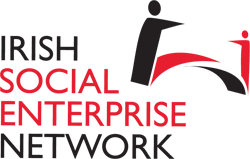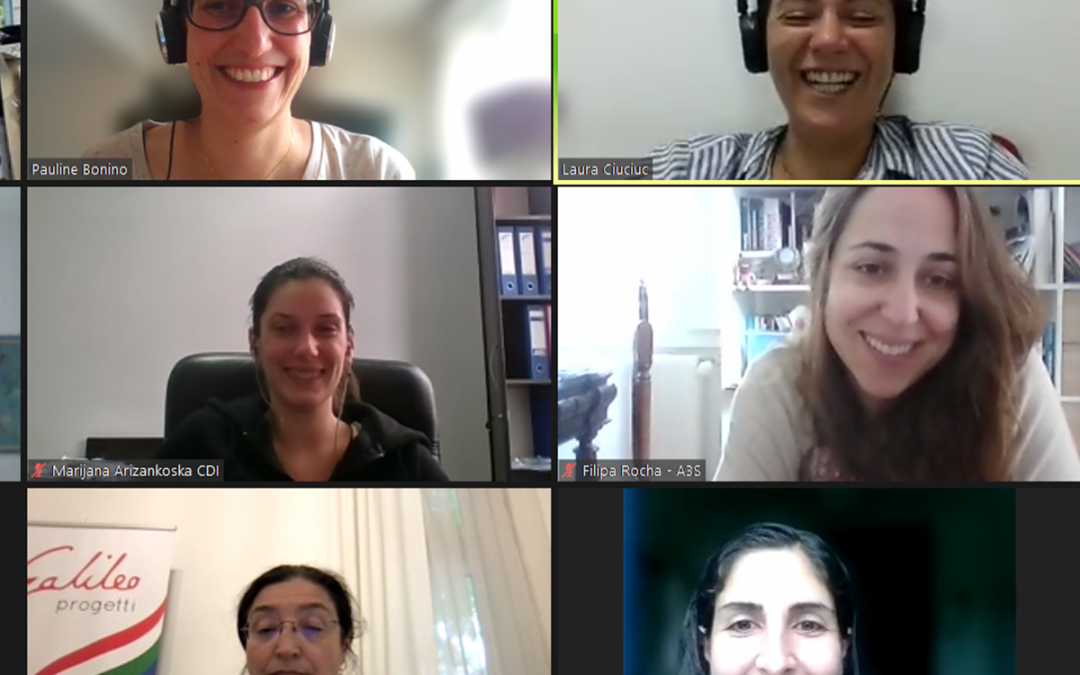From Net-Works Project: https://www.ensie.org/newsroom/news/representation-and-leadership-in-wises-networks
On May 23rd, the Partners from the Net-Works project gathered online for the fourth peer-to-peer session on “Representation and leadership”. In the framework of the project five peer-to-peer sessions are foreseen to exchange among the project partners and to build up and capacitate new local and regional networks of work-based adult education providers.
The session started with a tentative definition of the topic of the day “representation” and “lobbying” and an exchange on the relationship between both. Overall, the participants had a common understanding of both terms, seeing that representation is a process and leadership is expected traits and qualities. This led to a discussion of the formal managerial and informal leadership roles in organisations.
The debates then focused on the question of representation for advocacy during which the partners underlined the need to agree on some definitions such as what is represented, why, what are the best ingredients for external representation, … Those agreements are a precondition to work together and develop concrete and fruitful advocacy campaigns. Furthermore, a network needs to acknowledge the fact that all its members cannot participate to all of its activities, depending on the time and the interest they have. Everyone choses its battle, and members help each other’s and are able to substitute to each other when needed.
Risk analysis and mitigation for representation and leadership was the next topic and the partners worked to discuss the existing risks and the solutions to bypass them. The main risks concern the lack of resources, the lack of knowledge and insights, the difficulty to ensure commitment from members, the difficulty to represent all the positions, the diversity of interests and priorities among members… To mitigate those risks some proposals have been made by the participants such as:
- Using all opportunities to meet members and exchange,
- Trying to choose good members and implement a code of conduct. “Good members” means that the members are interested in the main topic of the network, so it is not too wide.
- Having a forum for discussions to achieve consensus
- Ensuring that the network has enough representation to be legitimate
One of the main risks that can emerge within a network is a conflict between members, and the partners discussed conflict styles and ways to solve them. The main solution seemed to be having a clear leader, who can facilitate to find a compromise. Often time, explanation of the different point of views and contexts as well as a good mediation are enough to solve any conflict. Conflict is unavoidable; indeed, all organizations know some conflicts, therefore the goal is to know how to solve them and get out stronger than before.
The last peer-to-peer session will take place in November and will focus on networks financial sustainability.


